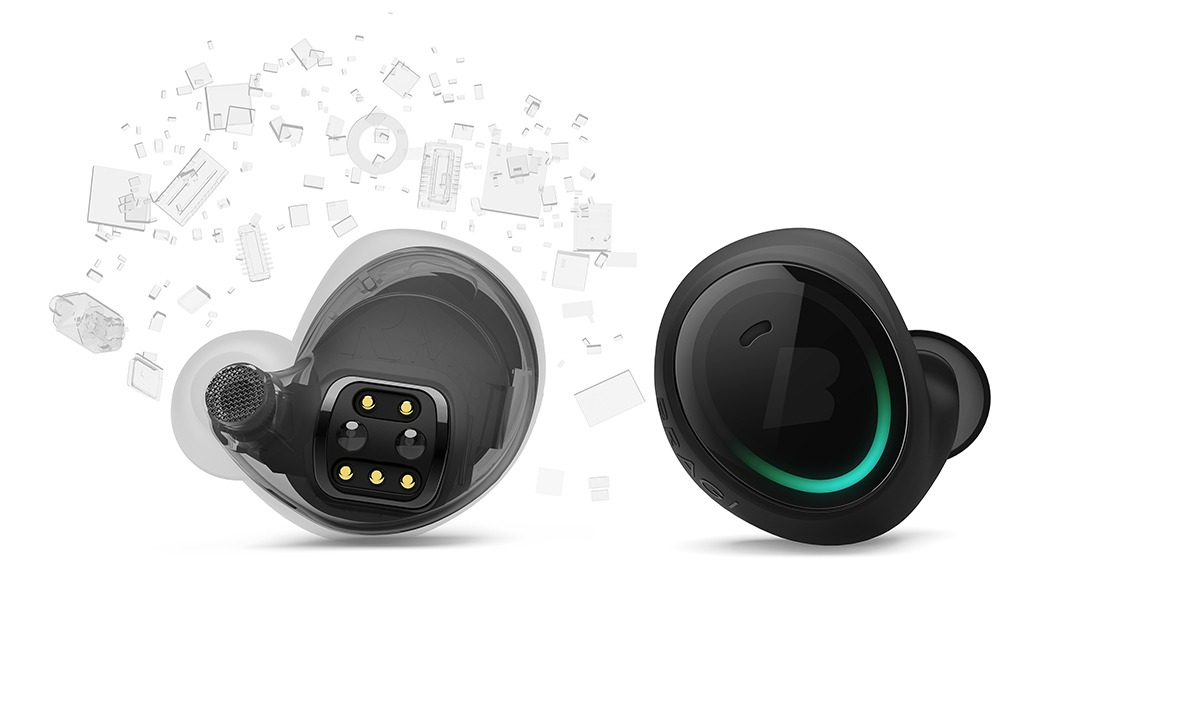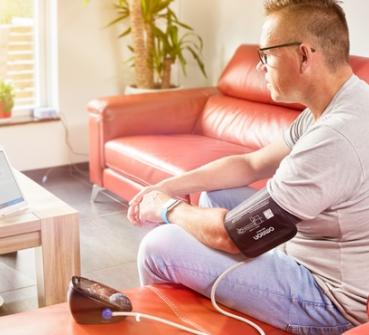Effective healthcare wearables: to wear or not to wear
The number of new wearables on the market makes me feel like a kid in a candy shop! A staggering eighty million wearables were sold last year and this figure is only expected to rise. In a previous blog post I touched on the importance of choosing user-friendly and reliable wearables. In this post, I'll describe what I've encountered so far, why the majority can be written off right away, and the road to implementing wearables in healthcare.
I keep a list of interesting wearables that can be used to monitor patients remotely. As you may imagine, this list is pretty long.
But how do you choose a suitable device that is accurate, affordable, and user-friendly for patients? Don't let the huge selection of wearables fool you, this is no easy feat. In my experience, the majority can be eliminated after further testing.
User-friendly for patients?
Last November I was in Düsseldorf for Medica, the world's biggest trade fair in the field of medical innovations. It's amazing to see what's possible these days. But when it comes to user-friendliness, I was surprised to find that relatively few companies develop simple and usable wearables for patients.
"Not so wearable or wireless" Isn't the idea behind wearables to create something that people can use without realizing they're using it? Only user-friendly measurement devices are effective in the long term to monitor patients remotely. In my opinion, some chest patches, wires and an ECG device to measure heart activity is a missed opportunity. It's not so wearable or wireless.
Promising wearable developments from Las Vegas
A few weeks ago, the famous Consumer Electronics Show (CES) was held in Las Vegas (no trip to Vegas for me, unfortunately). Like Medica, this trade fair showcases the lastest in innovative consumer devices. The company Omron, for example, claimed to be the first to develop a smartwatch that can automatically monitor blood pressure without a cuff. While this is certainly an interesting development, I wonder how many people would be willing to wear such a bulky watch.
The trade fair also presented the very first 'hearable': a device that can measure heart rate and activity, and can also play your favorite songs. There's also a wireless "Band-Aid" that can measure twenty-four-hour oxygen saturation levels. In short, lots of promising developments in the year ahead!
First hearable. Image by Bragi.
Not all approved wearables are market-ready.
It takes time for interesting wearables to hit the market. Many of these promising prototypes are awaiting European CE approval or American FDA approval before they can be sold as medical devices.
But approval is just the beginning. "If companies want to market their wearable as a medical device, they'll have to collaborate with hospitals or healthcare institutions." If companies want to market their wearable as a medical device, they'll have to collaborate with hospitals or healthcare institutions in order to prove their claims. After all, a CE or FDA-approved device does not guarantee reliable measurements in practice.
For example: A company claims their patch can monitor a patient's vital signs remotely for four days. This is a great achievement. The company also claims their patch has been validated by a clinical trial. But a clinical trial is not enough and consists of three-hour measurements for healthy subjects, simulated measurements in a lab setting, or measurements with a handful of patients. Furthermore, a simulation demonstrating a wearable's ability to measure more than forty breaths per minute is not something I consider particularly relevant. In fact, I'm pretty sure that's physiologically impossible.
What is relevant is whether a patch can take reliable measurements in everyday situations over that same four-day span. What about vulnerable patients in an unregulated home or hospital setting? What about patients who sweat a lot? What happens if the Bluetooth connection fails? Does the battery really last that long? How do patients feel about it? All of these questions need to be examined in a clinical setting before they can be implemented in practice.
Which wearable to choose?
Of course, the choice for user-friendly and reliable wearables lies somewhere between scientifically sound and everyday usability. "The choice for user-friendly and reliable wearables lies somewhere between scientifically sound and everyday usability." A slightly less reliable wearable that's affordable and user-friendly is just as interesting. It's not about being able to measure heart rate down to the very last beat. For me, wearables should be easy for patients to use and help healthcare professionals identify vital sign trends that can be used to determine when intervention is needed.
Next time, I'll share the choices and criteria we use to validate wearables and how we use the validation process to determine which wearables add value for patients.
Do you have any tips on good wearables? Which one would you use and why? I'm curious to hear your opinion on this topic! You can contact me via Twitter and LinkedIn.
As a Product Researcher at FocusCura, I straddle two worlds: I focus on advanced home healthcare and I carry out scientific research as a PhD candidate at Utrecht University Medical Center. This blog offers updates on my PhD research, "A Safe Path from ICU to Home" and the research developments on cVitals.




